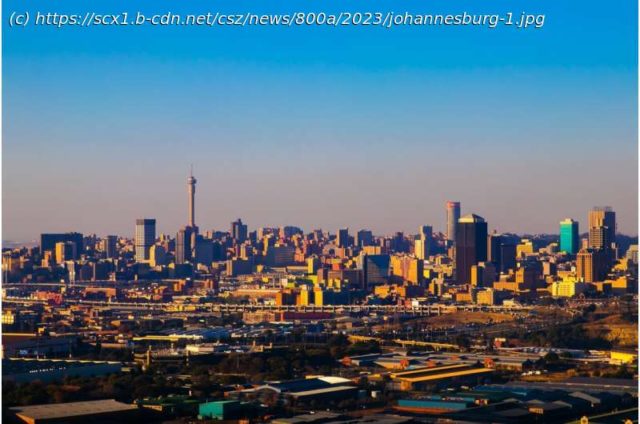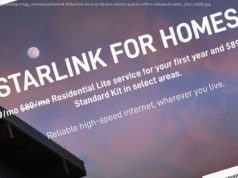As South Africa reflects on 30 years of democracy, it’s important to ask whether its cities have changed for the better when it comes to racial mixing.
As South Africa reflects on 30 years of democracy, it’s important to ask whether its cities have changed for the better when it comes to racial mixing.
During apartheid, South Africa’s residential development was segregated in law along racial lines. Black African residents were consigned to townships on the outskirts of cities while white residents lived in suburbs close to facilities and employment. This established negative spatial, economic and social outcomes among race groups.
Democracy in 1994 brought an opportunity for new residential developments to be more racially mixed. But are they?
In a recent study I explore whether South Africa is achieving spatial transformation now that different race groups can legally mix in neighborhoods.
The short answer is no. While a few new residential developments in the country’s Gauteng province improve racial mixing, many other developments do not. Expansion projects near townships (the residential areas set aside for black people) are still home to residents who are black African and poor. Suburban expansion for wealthy residents is racially mixed, but economic inequality is still rife between race groups.
This segregation causes some groups to remain separated from job opportunities and urban amenities. These residents face many costs (like transport) in order to find and keep jobs or to access amenities in parts of the city that are far away from their homes.
The result is a continuous cycle of segregation and inequality. In order to break this cycle, South Africa’s cities need radical spatial transformation.
Overall, levels of racial mixing have increased since the advent of democracy. In Gauteng, the country’s economic hub, desegregation has taken place in many former white-only suburbs. This represents some progress towards a racially equal post-apartheid society. But what about new residential areas?
My investigation required two things: spatial data for residential development over the decades and recent population estimates for different racial categories. Then I used an index of segregation to calculate the racial diversity of all residential areas built in Gauteng since 1990.
Домой
United States
USA — IT Race still divides South Africa: Study shows little transformation in new suburbs...






